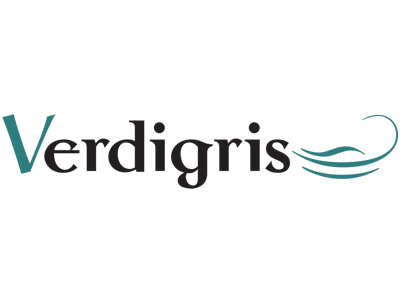The environmental impact of textile production is starting to get more attention. Manufacturers and developers within the graphics industry want to sell digital printing systems for direct-to-garment and general textile printing, so they are especially keen. How they frame their messages is tricky though. There is an inherent conflict between the on demand, have-it-now-and-toss-it mentality, and the model that encourages resource conservation. A throw-away culture is bad for the environment, but it suits digital printing and sells more print. But digital printing involves much shorter supply chains and so much lower emissions. Reconciling the two in the textiles sector is a major challenge for our industry.
Ricoh has taken a step in the right direction. Sort of. The company recently announced a collaboration with Farbenpunkt cloaked in sustainability messaging. Farbenpunkt provides niche ink and dying solutions for the textile industry. The deal is to sell Farbenpunkt’s Peractojet, a new textile ink for digital printers. According to Ricoh’s press release Reducing the environmental impact of global textile production caused by using dye-based, such as reactive inks in digital and analogue processes, is the driver for this collaboration. Grammar aside, as an argument it’s a bit thin, but at least Ricoh’s claim might encourage people to ask more questions.
The data is on the side of digital printing for textiles, not least because of the huge amounts of water that gets wasted in the production of fabrics. According to Ricoh’s press release fashion is responsible for 10% of global emissions and ‘traditional fabric dyeing and treatment accounts for 20% of worldwide wastewater’. These claims are not backed up with any research references, but they do raise awareness.
What matters is not the probity of a press release, but the fact that companies are trying to address the environmental impact of modern textile production. Complex supply chains have a negative environmental impact. Even if they mean cheaper products for consumers, transport and processing emissions all cost carbon. The fish from the North Sea that gets packaged in Thailand for European supermarket customers carries a heavy environment footprint. But it’s accepted because the end product is cheap. We have the same mentality when it comes to clothes and fabrics for interior furnishings. And all of it has to change.
The question is how, so we need an open forum within the industry for discussing a transition to a digital printing model for textiles, incorporating recycling and reuse. That’s the sort of work companies such as Ricoh and its competitors should be engaged in. Deals to sell water based inks dressed up as sustainable alternatives to the status quo are trivial. Why not put the effort into something that will actually make a real difference.
– Laurel Brunner
This article was produced by the Verdigris Project, an industry initiative intended to raise awareness of print’s positive environmental impact. This weekly commentary helps printing companies keep up to date with environmental standards, and how environmentally friendly business management can help improve their bottom lines. Verdigris is supported by the following companies: Agfa Graphics, EFI, Fespa, Fujifilm, HP, Kodak, Miraclon, Ricoh, Spindrift, Splash PR, Unity Publishing and Xeikon.





